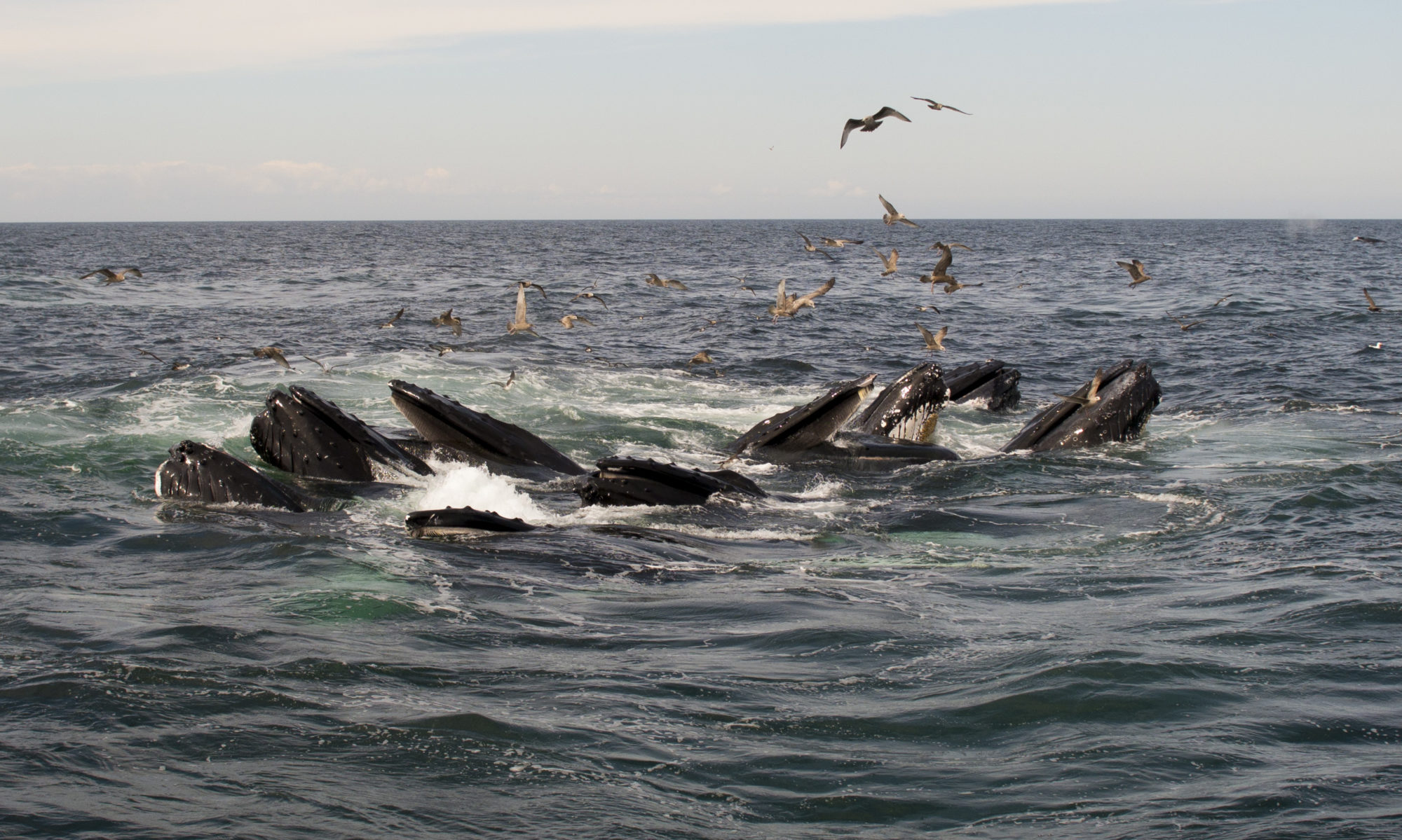Tobias S. Buckell’s debut novel, Crystal Rain, ties together elements of steampunk, hard sf, and fantasy (or religion), all with a distinctive Caribbean flavor.
Set in the far future on another planet, the humans of Crystal Rain have been reduced to non-electronic technology. Flight is possible by blimp, but uncommon. There are a few train lines and telegraphy. The culture of the protagonist’s society reflects a distant Caribbean origin. Over the impossibly high mountains are the Azteca with their bloodthirsty gods, the Teotl.
The emotional momentum of the novel centers on John deBrun, an amnesiac. Through the course of the story, he discovers himself, and we come to understand the context and history of the culture. I enjoyed reading it and look forward to the author’s future efforts.
